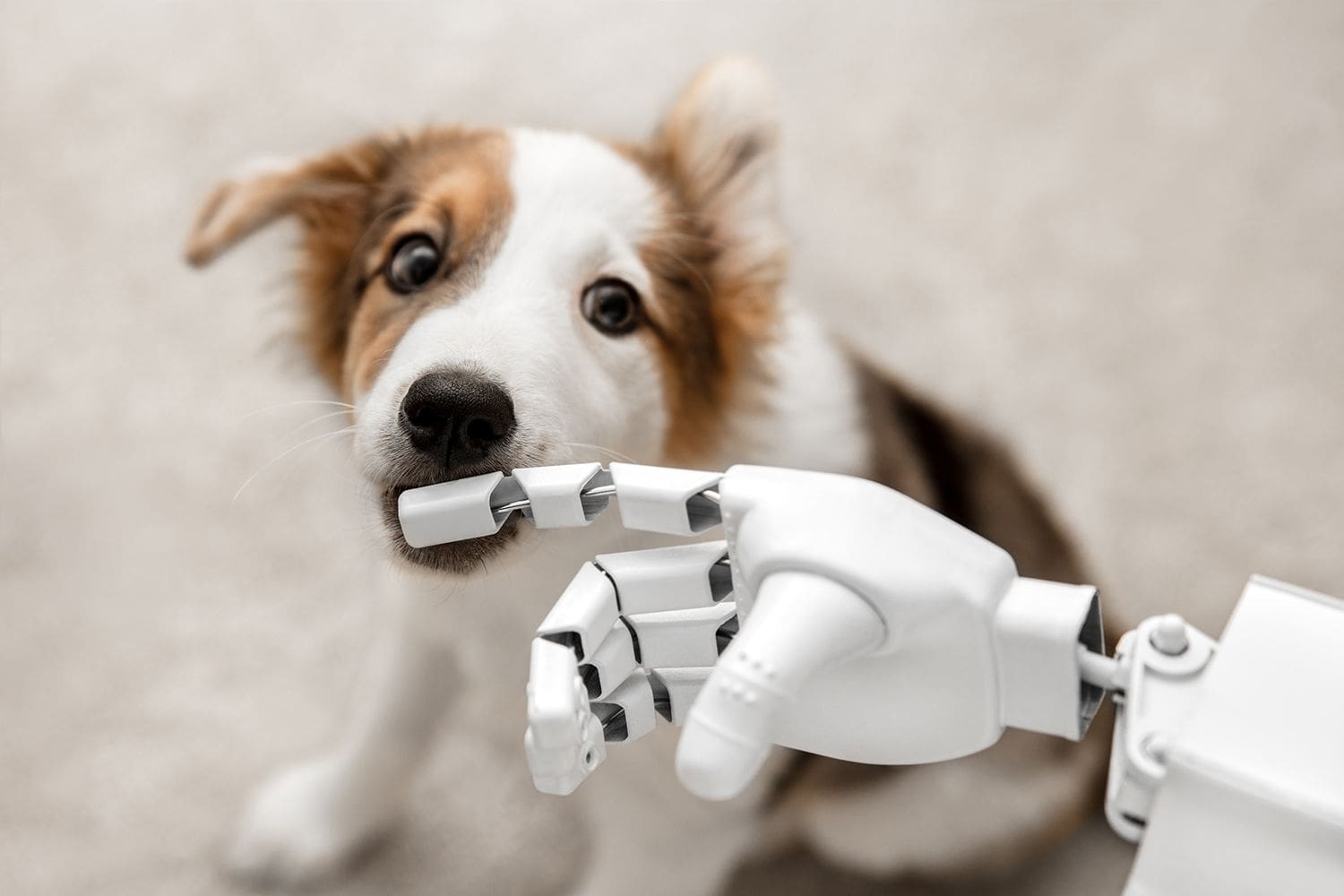How to Maintain the Durability of Robot Pet Upgrades and Replacement Parts
Share
Table of Contents
Robot pets have become increasingly popular as companions, entertainment devices, and even therapeutic tools. Like any piece of technology, their performance depends on the quality and care of their parts. Upgrades and replacement components can extend their lifespan, but durability depends on how well you maintain them. Taking proactive steps ensures your robot pet remains functional, safe, and enjoyable for years.
Why Durability Matters in Robot Pet Maintenance
Durability directly impacts how long your robot pet remains useful without costly repairs or replacements. Upgrades like better sensors, stronger servos, or enhanced batteries can add value, but if they are not cared for properly, they wear out faster. Durable maintenance also reduces the risk of malfunctions, keeps the robot safe for children and pets, and helps protect your investment.
Tips for Extending the Life of Upgrades

Regular Cleaning
Dust and debris can interfere with moving parts and sensors. Wipe down the exterior surfaces with a soft cloth and use compressed air for small openings. Avoid harsh chemicals that might corrode plastics or circuit boards.
Proper Installation
When adding upgrades or replacement parts, follow the manufacturer’s instructions carefully. Incorrect installation can damage connectors, strip screws, or cause misalignment. If you are unsure, consider professional servicing to ensure long-term stability.
Safe Storage
When not in use, keep your robot pet in a cool, dry environment. Extreme heat, humidity, or cold can weaken adhesives, plastic casings, and internal circuits. Protective cases or stands can also reduce accidental falls or impacts.
Battery Management
Upgraded batteries often extend runtime but need careful care. Avoid overcharging, and do not let batteries fully discharge too often. A balanced charging routine maintains both the battery’s capacity and its safety.
Caring for Specific Replacement Parts
Joints and Servos
These moving parts handle the majority of physical strain. Apply a light lubricant recommended by the manufacturer to prevent stiffness or grinding. Avoid overloading the robot with heavy accessories that put excess strain on these components.
Sensors and Cameras
Keep lenses and sensors free from dust and smudges for accurate performance. A microfiber cloth and protective covers can go a long way in maintaining clarity.
Protective Casings
Replacement shells or armor add durability, but they need maintenance, too. Inspect them regularly for cracks or loose fittings, as damaged casings can expose sensitive components to wear and tear.
Common Mistakes That Reduce Durability

Ignoring Software Updates
Hardware durability often relies on optimized software. Skipping updates may cause components to run inefficiently, overheating motors or sensors.
Using Non-Compatible Parts
Third-party replacements may not always meet the original specifications. Incompatible parts may fit poorly, strain the system, or shorten the lifespan of the robot pet.
Overuse Without Rest
Running your robot pet continuously for long periods can overheat motors and batteries. Schedule regular downtime to let parts cool and prevent burnout.
Final Thoughts
Maintaining the durability of robot pet upgrades and replacement parts is a balance between proper care, smart usage, and proactive maintenance. From careful installation and cleaning to monitoring software updates, small steps go a long way in ensuring your robot pet stays reliable. By treating upgrades and parts as long-term investments, you maximize both the performance and the joy of owning a robotic companion.
Frequently Asked Questions
How often should I replace parts on a robot pet?
It depends on usage. With regular cleaning and care, most parts can last for years before needing replacement. Monitor performance changes to know when it’s time.
Can I upgrade my robot pet with third-party parts?
Yes, but make sure they are compatible. Using non-certified upgrades may save money, but often reduces durability in the long run.
What’s the best way to make batteries last longer?
Follow safe charging practices, avoid deep discharges, and store batteries in a cool, dry place. Regular care can extend battery life by hundreds of cycles.


Our Social Media
Follow Us Follow Us Follow Us